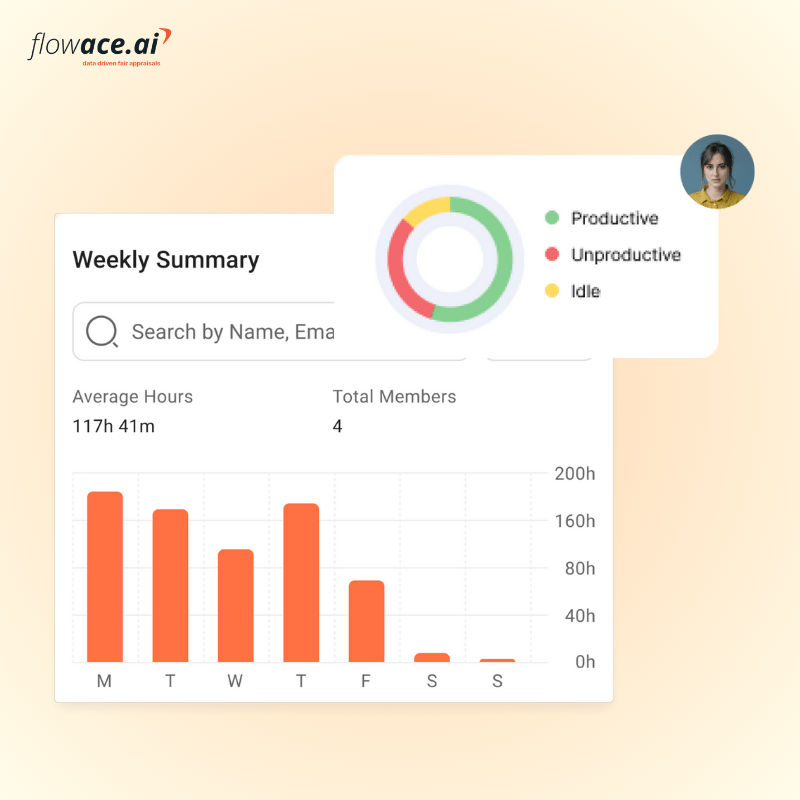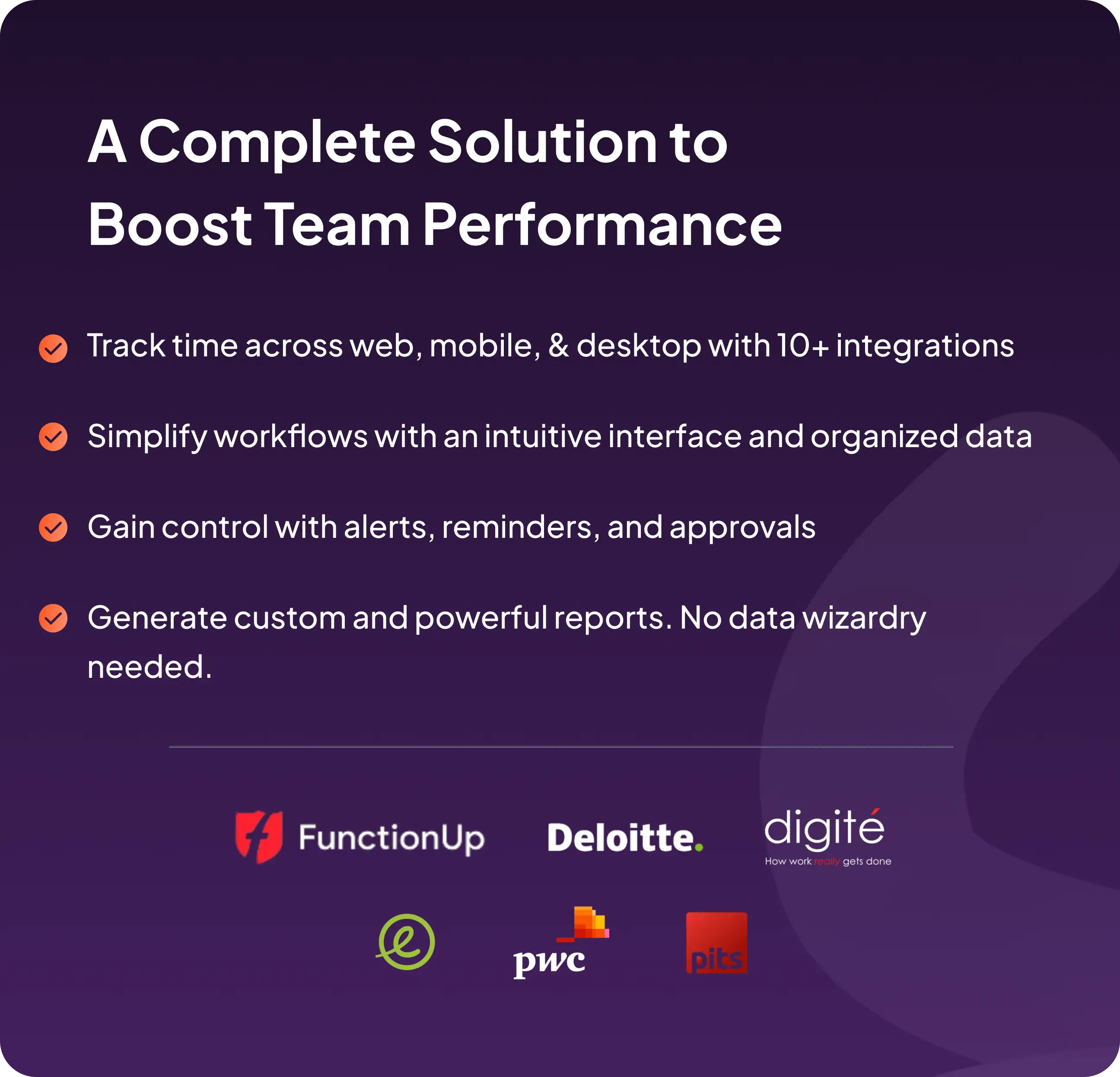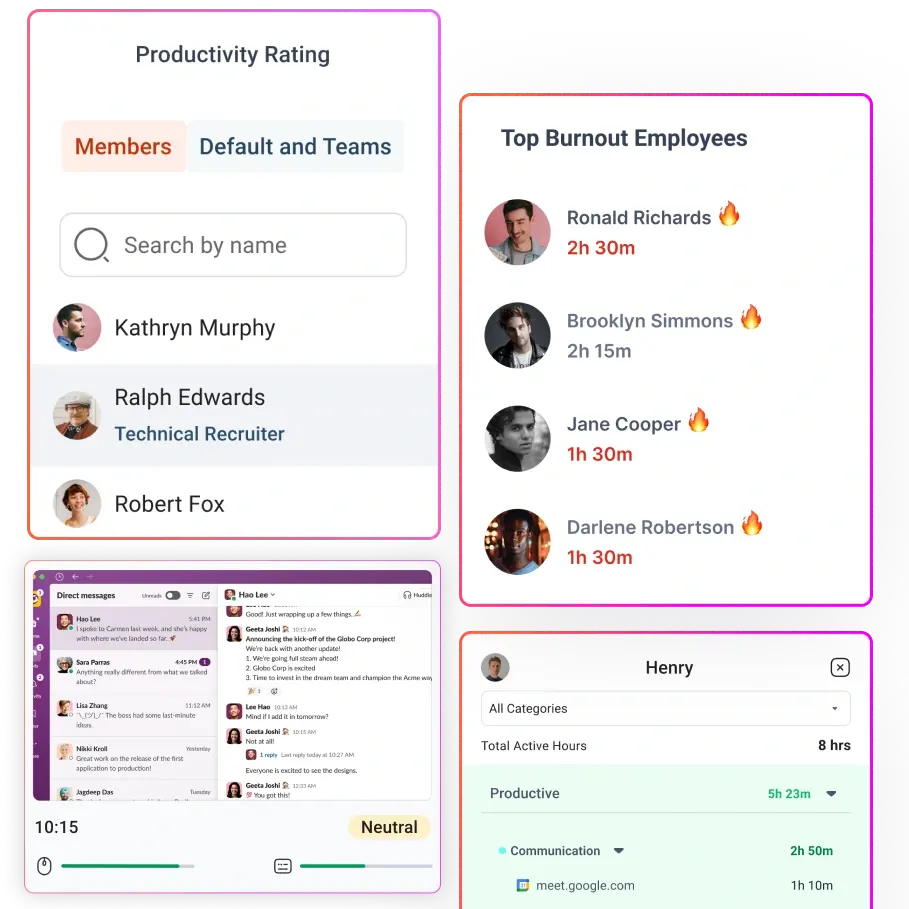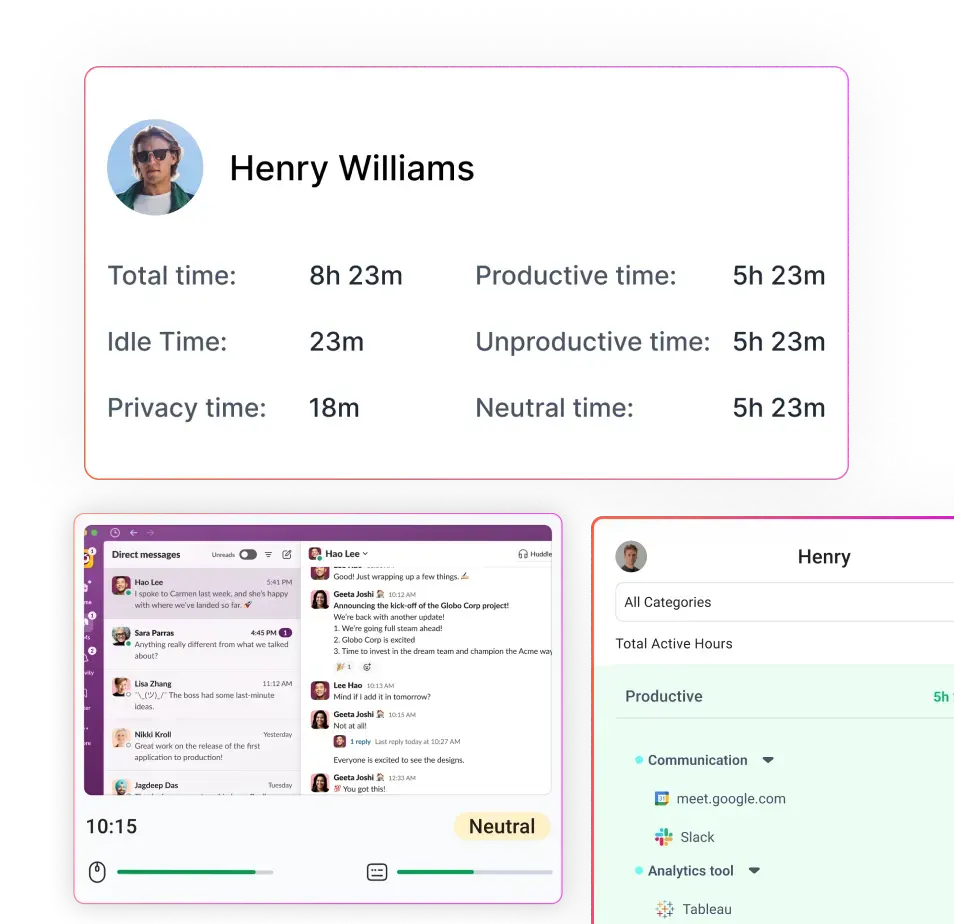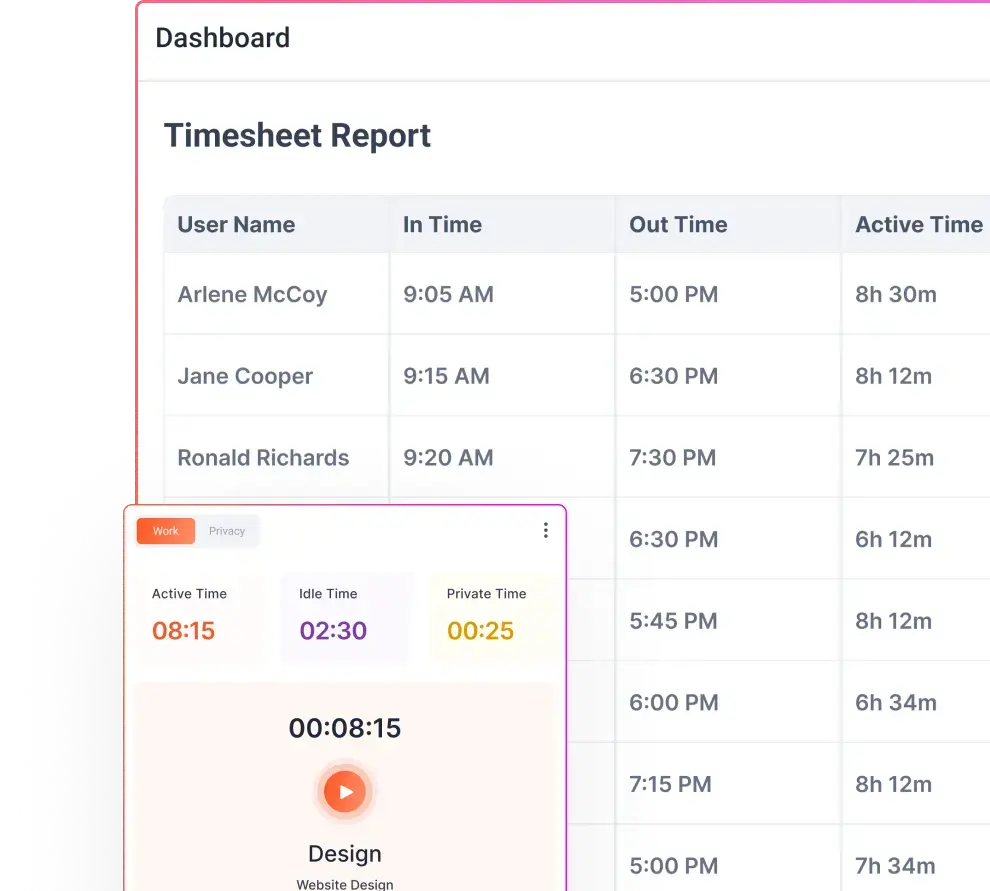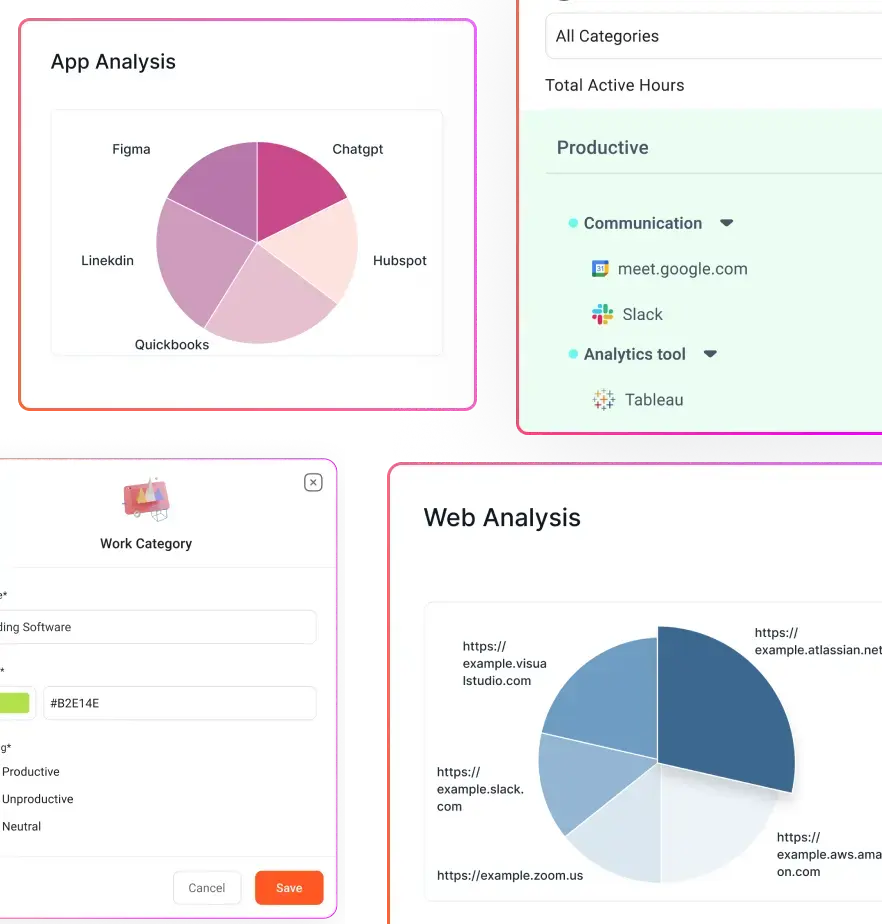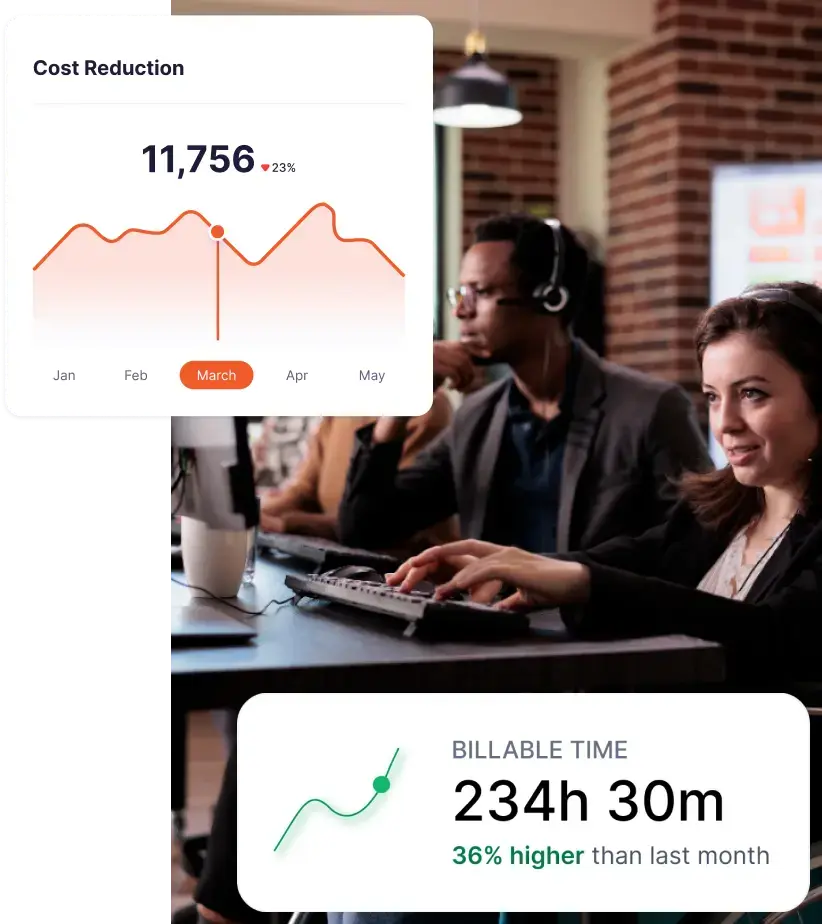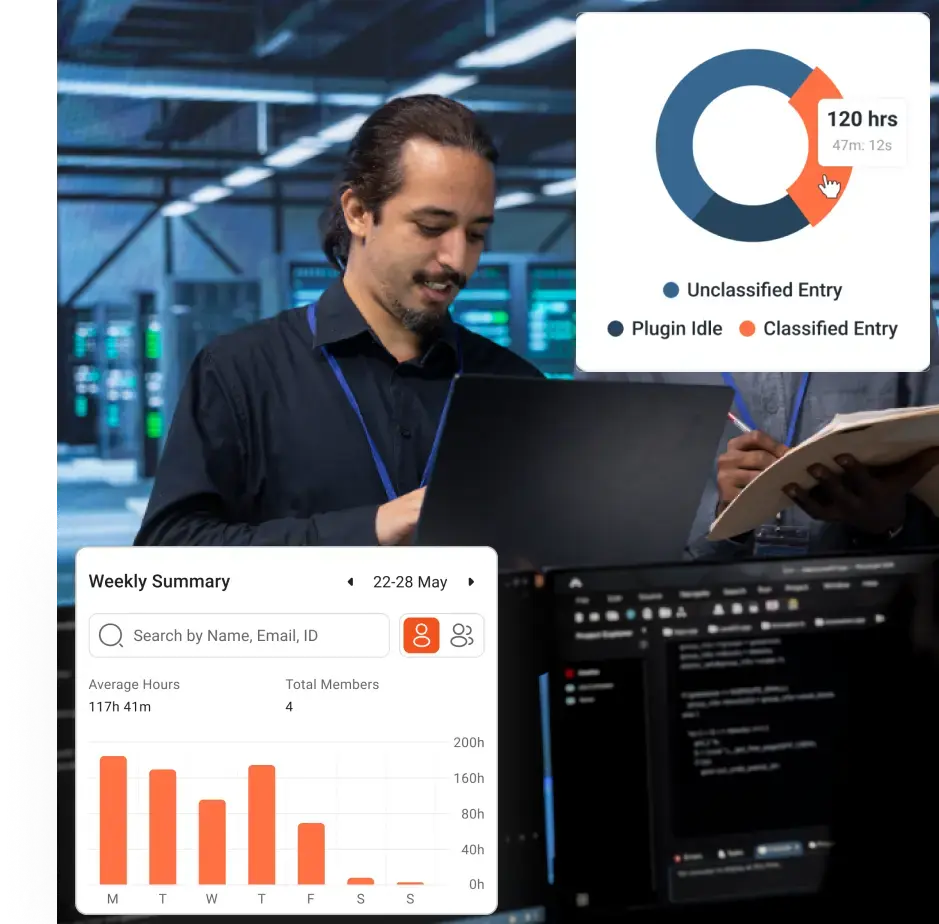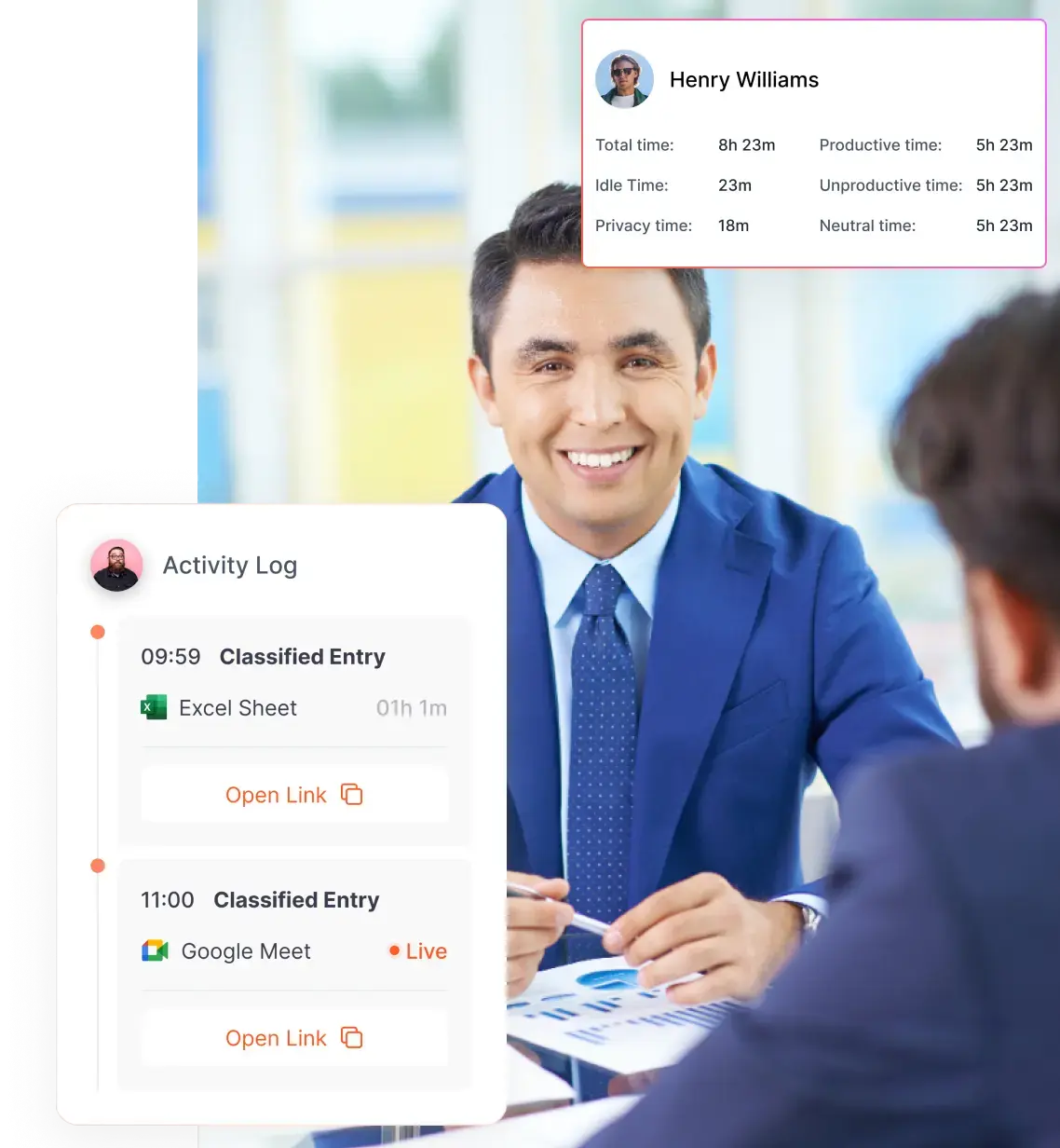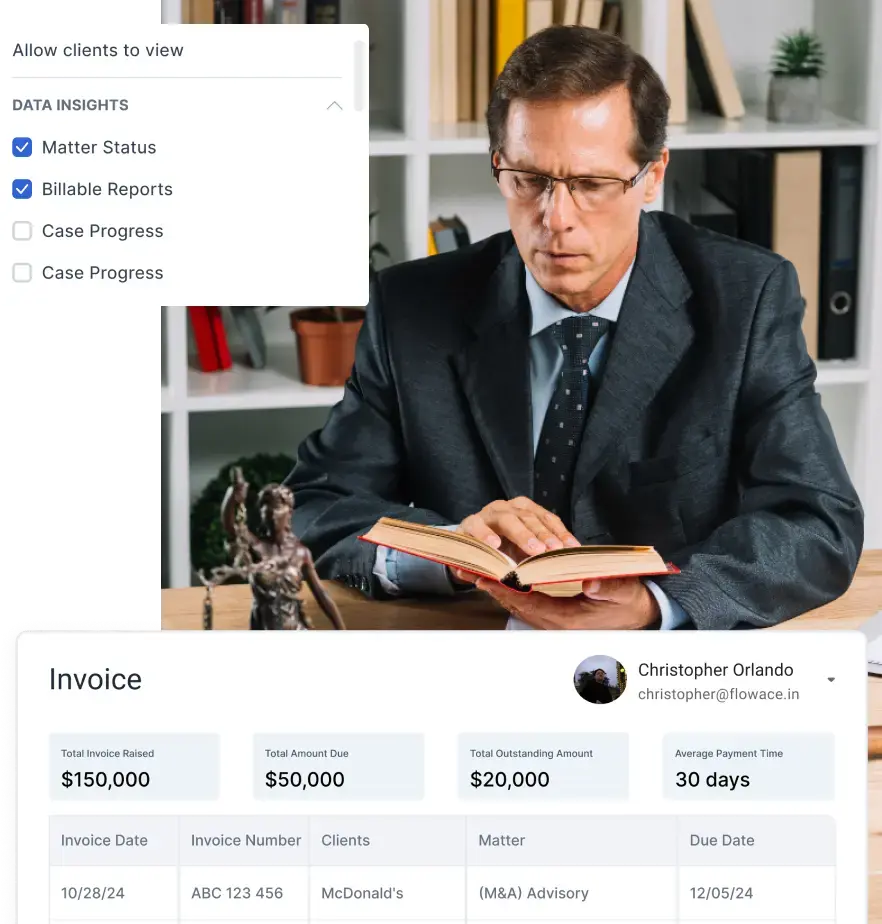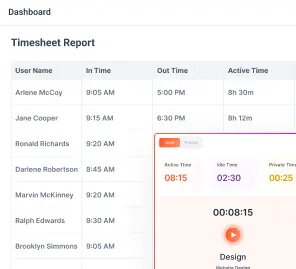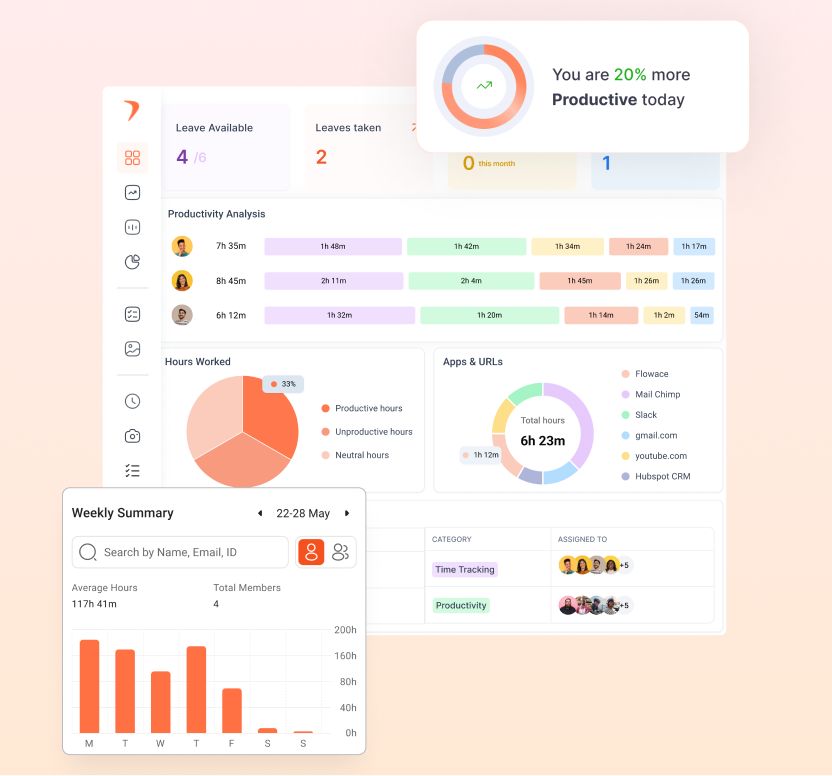Shrinkage is a complex problem that is common in many call centres.
As the industry rises, problems become more persistent.
Therefore, call centre shrinkage needs to be taken into consideration. Why and how? Let’s
What is Call Center Shrinkage?
Call centres, in their simplest form, are the “unproductive” time in a contact centre that actually “shrinks” the productive time agents are available to serve customers.
According to Level AI, contact centres typically experience shrinkage rates of 25%–35%. When shrinkage rates exceed 35%, there are few agents available to assist customers, which contributes to longer wait times.
Unchecked call centre shrinkage negatively affects service levels and the overall contact centre budget. It can eradicate workforce efficiencies gained through the workforce management process of forecasting, scheduling, and real-time management.
“At any point in time, do you know how many of your agents are available to take calls vs how many are away on a break? The difference between those two is call center shrinkage.”
Call Centre Shrinkage can be Planned or Unplanned.
- Planned Shrinkage: This type of shrinkage is known in advance and can easily be accounted for. Examples include when agents are attending training sessions or one-on-one meetings.
- Unplanned Shrinkage: When an employee is out sick, arrives late, or takes a longer break than expected, it is called unplanned shrinkage.
Factors responsible for call center shrinkage
There are two types of call center shrinkage; unscheduled and scheduled activities that impede employees from effectively fulfilling their duties. And, two primary factors that can contribute to call centre shrinkage are internal and external.
Internal shrinkage factors |
External shrinkage factors |
|
|
Let’s take some common examples based on types of shrinkages to understand better;
Adherence Shrinkage
Adherence shrinkage occurs when call centre agents deviate from their scheduled work hours due to unscheduled breaks, personal activities, or distractions.
For example, if a call centre agent is scheduled to work an 8-hour shift but only works for 7 hours due to taking longer breaks, the adherence shrinkage would be calculated based on the difference between the scheduled and actual work hours.
Idle Time
Idle time refers to periods during a call centre agent’s shift when they are not actively handling customer calls or engaged in productive work. This can occur due to system downtime, low call volumes, or waiting for calls to be routed to them.
For example, if a call centre agent spends 2 hours of their 8-hour shift waiting for incoming calls, the idle time would be 25%.
Meeting Shrinkage
Meeting shrinkage occurs when call centre agents are required to attend meetings or training sessions during their scheduled work hours, reducing their availability to handle customer calls.
For instance, if call centre agents are mandated to attend a 1-hour team meeting during their 8-hour shift, the meeting shrinkage would be calculated based on the proportion of time spent away from handling calls.
Training Shrinkage
When call centre agents participate in scheduled training sessions during their shifts, their availability to handle customer calls decreases.
For example, if agents undergo a 2-hour training session during an 8-hour shift, the training shrinkage would be 25%.
Absence Shrinkage
Absence shrinkage occurs when agents are absent from work due to planned leaves, such as vacation days or scheduled time off.
For instance, if a call centre agent takes a planned vacation day during their 8-hour shift, the absence shrinkage would be calculated based on the duration of the absence.
Shrinkage due to System Downtime
This type of shrinkage occurs when call centre operations are interrupted due to technical issues, system failures, or maintenance downtime.
For instance, if the call centre’s computer systems experience a malfunction, causing a 2-hour interruption during an 8-hour shift, the shrinkage due to system downtime would be 25%.
How to Calculate Shrinkage in a Call Center?
Shrinkage refers to the variance between the budgeted staff count and the actual staff available to fulfil their primary job responsibilities as intended. And, there are formulas or ways to calculate the percentage based on two different metrics:
- Time of call centre agents.
- Several call centre agents.
1. Calculation of call centre shrinkage by time
So, if the external or internal shrinkage hours are 3 and 6, and the call centre agent works 12 hours a day, the shrinkage percentage would be [(3 + 6) / 12] × 100%, which is equivalent to 75%.
Breaking down the formula:
Shrinkage Percentage = [(3 + 6) / 12] × 100%
= (9 / 12) × 100%
= 0.75 × 100%
= 75%
2. Calculation of call centre shrinkage by the number of agents
Shrinkage % = (Number of call centre agents required to take calls)/Number of agents available to answer calls ×100%
So now, if the number of call centre agents required to achieve the service level target is 50, and the number of available agents is 25, the shrinkage percentage would be (50 / 25) × 100%, which is equivalent to 200%.
So, the formula for calculating shrinkage percentage would be:
Shrinkage Percentage = (Required Agents / Available Agents) × 100%
Substituting the given values:
Shrinkage Percentage = (50 / 25) × 100%
= 2 × 100%
= 200%
Importance of tracking call centre shrinkage in 2024
The ongoing expansion of the call centre industry over the past decade has underscored the need to acquire new managerial skills to oversee its burgeoning operations effectively.
With the rising demand, there is a pressing requirement to adapt to evolving complexities and ensure seamless service delivery.
Simultaneously,According to Level AIhave been witnessing an alarming rise, reaching notable levels across various sectors such as healthcare, telecommunications, and consumer products.
Nonetheless, the globalized nature of call centre operations, with outsourcing hubs flourishing in regions like India, the Philippines, the Caribbean, and Latin America, highlights the need for a comprehensive approach to shrinkage management.
Thus, tracking call centre shrinkage in 2024 is crucial for optimizing performance, mitigating risks, and sustaining excellence in service delivery amidst dynamic industry dynamics.
How to control Call Center Shrinkage?
Determining the factors to control shrinkage can be broken up into factors, plans, and measures, including how to plan, what the goal will be, and how you plan to manage your business using shrinkage as a metric.
The thing is, the modern workforce needs modern planning. The overall efficiency of your call centre could be affected if shrinkage is not monitored.
Develop a robust strategy to help reduce shrinkage hours across your call centre regularly.
Here are a few effective strategies to control shrinkage in call centres;
Hire Competent and Skilled Employees
Quality over quantity: When recruiting, prioritize agents with the right skills and a positive attitude. A smaller team of capable agents is more effective than a larger one with subpar performance.
Thorough training: Invest time in comprehensive training programs. Ensure that agents understand their roles, systems, and best practices in customer service. Well-trained agents handle calls efficiently.
Empower Managers
- Strong leadership: Competent managers play a pivotal role. They motivate agents, address concerns promptly, and create a positive work environment. Effective leadership reduces absenteeism and boosts team morale.
- Effective scheduling: Managers should optimize shifts to minimize gaps. Properly planned schedules reduce idle time and ensure adequate coverage during peak hours.
Competitive Salary and Benefits
- Attractive compensation: Offer competitive salaries to retain skilled agents. A well-paid workforce is more likely to stay committed.
- Benefits packages: Health insurance, paid time off, and other perks matter. Comprehensive benefits enhance job satisfaction.
Motivate and Retain Agents
- Recognition and rewards: Regularly acknowledge good performance. Publicly appreciate agents who consistently meet targets.
- Career growth opportunities: Provide a clear career path. Agents who see growth potential are more likely to stay.
Focus on Employee Well-Being
- Work-life balance: Avoid overburdening agents. Encourage breaks and time off to recharge.
- Mental health support: Happy agents are more productive. Offer counselling services and stress management programs.
Measure BPO KPIs
- Attendance rate: Track absenteeism rigorously. Identify patterns and address them promptly.
- Adherence to schedule: Monitor punctuality. Agents adhering to their schedules reduce shrinkage.
- Utilization: Optimize agent availability by minimizing idle time.
Navigate BPO Challenges
- Shift flexibility: Allow agents to swap shifts when needed. Flexibility reduces unplanned absenteeism.
- Cross-training: Train agents to handle multiple tasks. Cross-skilled agents can cover for absent colleagues.
Performance Measurement
- Regular evaluations: Conduct performance reviews and identify areas for improvement to provide constructive feedback.
- Feedback loops: Continuous learning is essential. Regular feedback sessions help agents grow.
Skills Maintenance through Training
- Ongoing learning: Keep agents updated on industry trends, technology, and customer service techniques.
- Upskilling: Regular training sessions enhance their abilities and confidence.
Productivity Tools
- Automated workforce management: Use tools for efficient scheduling. Real-time adjustments can address unexpected shrinkage.
- Real-time monitoring: Address issues promptly using productivity tools to minimize downtime.
Is it time to invest in the right productivity tool to reduce shrinkage?
Yes!
Boost by 31% using the innovative solution by Flowace!
Get Started for FreeFlowace encourages accountability by providing transparent information about how employees use their time. When everyone’s work hours are visible, it develops a sense of accountability and trust within the organisation. Employees are more inclined to take control of their time, resulting in higher overall productivity.
A variety of industries, including IT, marketing, consulting, and healthcare, can use Flowace. The tool’s time-tracking and productivity-boosting features assist many industries, allowing firms of all sizes to optimise their operations.
Conclusion
One of the fundamentals of workforce management is tracking and managing shrinkage.
When done right, call centres can significantly meet their targets, and delivery.
The last step is communication, which involves teaching managers and staff members about shrinkage as a metric and the specific procedures that accompany it. Such integration may take some time initially, but it will progress more swiftly in later stages.
Ultimately, it is all about thriving in the business market with considerable growth, improvement and efficiency.






































